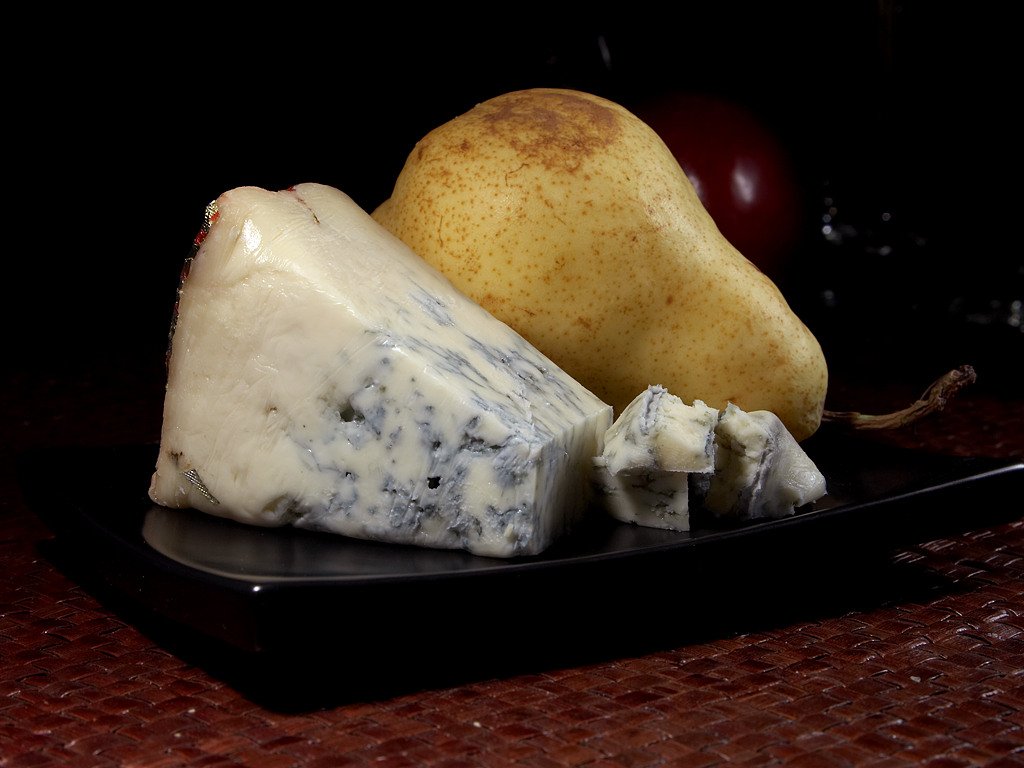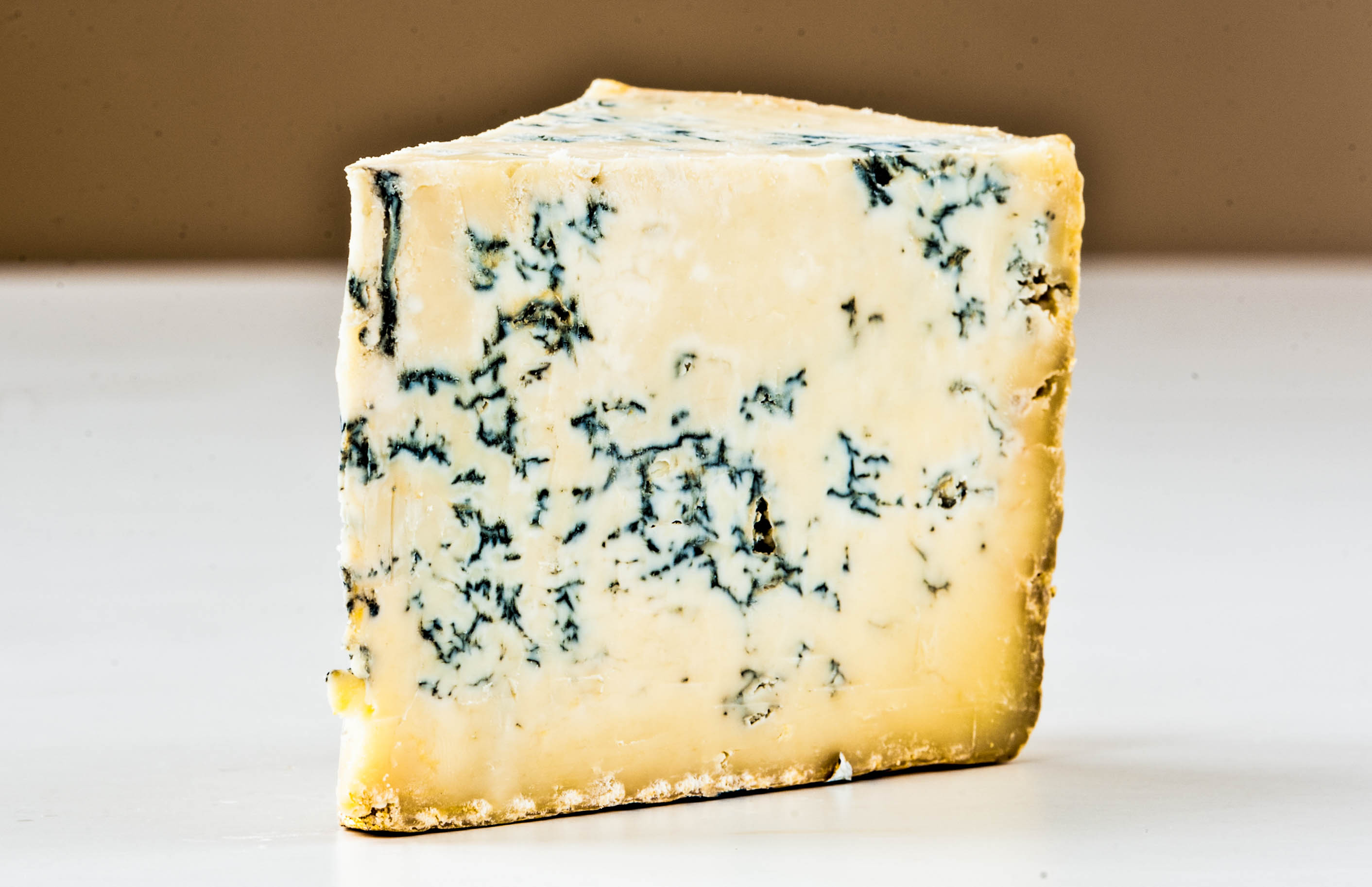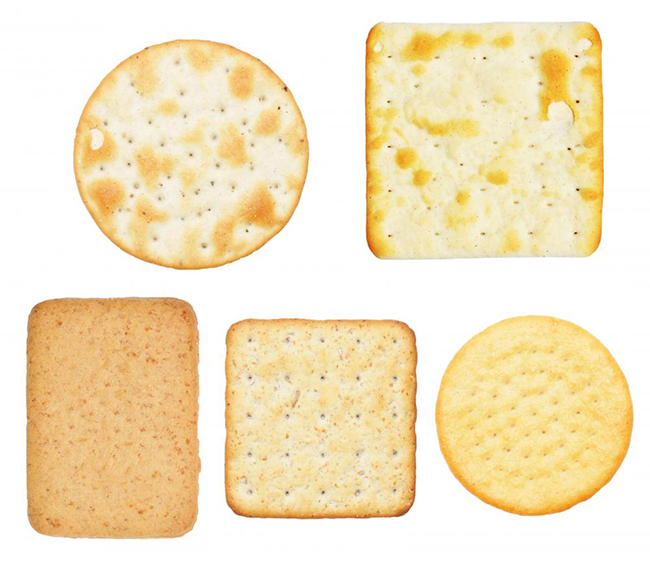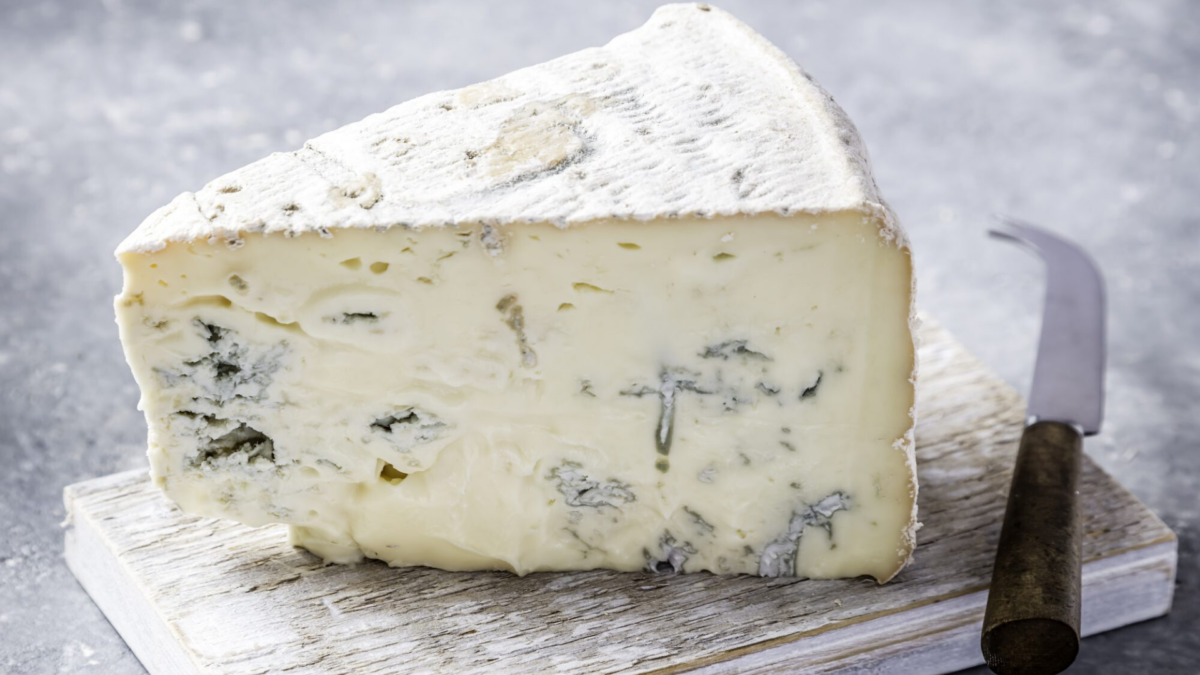
Gorgonzola is a famous blue cheese originating in Italy, with a distinctive smell which many liken to old shoes. It is part of an illustrious family of blue cheeses, which are formed when ambient moulds infiltrate curing cheeses. Today, it is inoculated directly with the mold spores, to guarantee that the cheese is colonised by the right mold. The cheese comes in a young and sweet variation and a much more robust aged version, both of which are widely enjoyed.
The origins of Gorgonzola
This cheese has been made outside of Milan since the 8th century, when it was hung in large caves to ripen. It is not known when the Penicillium glaucum mold first began colonising the cheese, but it is now an integral part of the Gorgonzola. Many cheese makers around the world have attempted to imitate this variety, but have had little success because they are unable to replicate the balance of molds found in ripening caves for Gorgonzola.

What does Gorgonzola cheese look like?
Gorgonzola has a very distinctive look, with prime specimens being a creamy yellow in color, richly veined with blue green mold. A truly moldy piece will be deeply mottled, with the mold radiating out from the center of the cheese. It also comes in a paler white version, which is not as aged. Traditionally, Gorgonzola is made with raw cow’s milk, although pasteurised and sheep’s milk versions of the cheese are also available.

Crackers, which are often served with Gorgonzola:

How is Gorgonzola made?
The cheese-making process begins by warming milk with rennet and cultures so that it separates out into curds. The curds of the cheese are inoculated with mold to ensure an even spread, and then packed tightly into molds. These molds are pressed and drained, and then the cheese is allowed to age. Cheese aged for approximately three months is called Gorgonzola Dolce, or sweet Gorgonzola, and in addition to being sweeter it has a creamy texture and a much milder flavor. This variety is often used as a spread on breads or crackers, and tends to be less odorous than older cheeses.
Gorgonzola which is allowed to age six months or more is known as Gorgonzola Piccante, or Mountain Gorgonzola. This cheese is more flaky and crumbly in texture, and has a much more aggressive flavor. The cheese tends to be spicy, with a characteristic bite that is delicious when added to salads and other dishes in need of extra zest.
Both versions are delicious and available at any reputable market. When looking for the cheese, determine how old you want it to be, looking for paler cheese if you are wanting a sweet Gorgonzola, and darker versions if you want a cheese with more bite. Gorgonzola should not be brown in appearance ever, and this is an indication that the cheese has gone bad.

Leave a Reply to Pear and Chicory Salad | Good Cooking Cancel reply